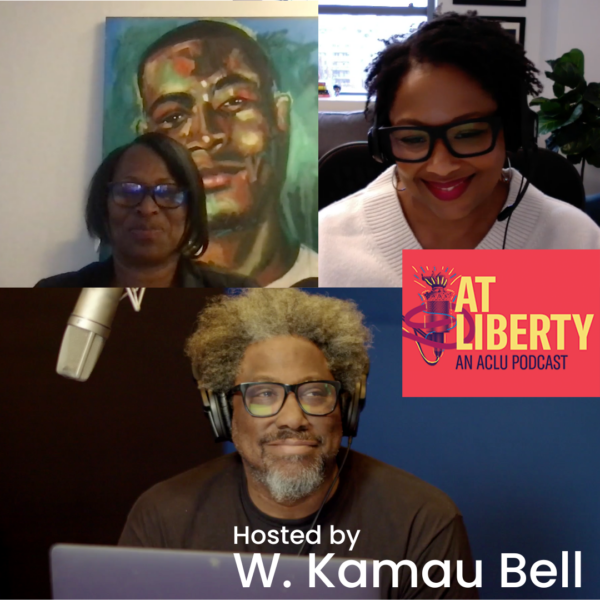Predatory Lending: Wall Street Profited, Minority Families Paid the Price
The editorial page of the New York Times recently weighed in on an important but underappreciated aspect of the financial crisis: The systematic targeting of communities of color for risky and unfair loans. As the Times put it:
Pricing discrimination — illegally charging minority customers more for loans and other services than similarly qualified whites are charged — is a longstanding problem. It grew to outrageous proportions during the bubble years. Studies by consumer advocates found that large numbers of minority borrowers who were eligible for affordable, traditional loans were routinely steered toward ruinously priced subprime loans that they would never be able to repay.
Rampant lending discrimination during the housing bubble exposed black and Latino communities to the harshest consequences of the economic crisis. The link between race, subprime lending, and devastating rates of foreclosure has been crystal clear for some time. Researches at Princeton have found, for example, that "the greater the degree of Hispanic and especially black segregation a metropolitan area exhibits, the higher the number and rate of foreclosures it experiences." That same study found that these disparities are due in large part to the disproportionate chance that minority borrowers will receive subprime loans.
As a result, minority families have absorbed a crushing blow from the collapse of the housing market, and the larger economic crisis. According to the Pew Research Center, the median wealth of white households has grown to 20 times that of black households and 18 times that of Hispanic households. These inequalities, moreover, reinforce themselves over the course of generations.
As discussed in a very incisive two-part series that aired today and Thursday on National Public Radio, wealth gaps reproduce themselves as each generation enjoys advantages (or lack thereof) inherited from generation-to-generation. This means that the current racial wealth gaps beget future racial inequality. "Study after study," NPR reported, "shows that white families are more likely than blacks and Hispanics to enjoy certain economic advantages — even when their incomes are similar." The result is an uneven playing field and structural inequality. This is why discriminatory lending is so pernicious. Exposing minority communities to disproportionate rates of foreclosure means that the cornerstone of economic stability and growth for families and communities — home-ownership — simply evaporates.
For all these reasons, the Times is exactly right: Lenders who engaged in such practices should face vigorous enforcement of civil rights law.
But the predatory lenders were only part of the story. Wall Street banks that bundled those mortgages for investors deserve much of the blame. Their nearly insatiable appetite for subprime loans to package and sell on the securities market encouraged lenders to maximize volume at all costs — including by peddling loans with abusive terms and an elevated risk of ending in foreclosure. By signaling its willingness to buy up enormous quantities of subprime loans, Wall Street set the stage for an upsurge in discriminatory lending strategies. Conventional lenders had historically not set up shop in communities of color, so subprime specialists could flood those communities without competing with institutions offering standard loan products. Put simply, Wall Street created a system of incentives in which businesses built on discrimination could flourish.
There is a direct line connecting Wall Street to the discriminatory lenders who caused so much damage to communities of color. Many of the worst lenders folded when the housing bubble burst, but their enablers in the securities market mostly remain in business. The harm they caused will run deep and threatens to exacerbate existing racial disparities, damage that may play out over the course of generations. The response, therefore, must address all of the actors who contributed to discriminatory lending. Going forward, fair lending rules must ensure that Wall Street pays a price when it makes discrimination profitable.
Learn more about racial justice: Sign up for breaking news alerts, follow us on Twitter, and like us on Facebook.
Stay informed
Sign up to be the first to hear about how to take action.
By completing this form, I agree to receive occasional emails per the terms of the ACLU's privacy statement.
By completing this form, I agree to receive occasional emails per the terms of the ACLU's privacy statement.


